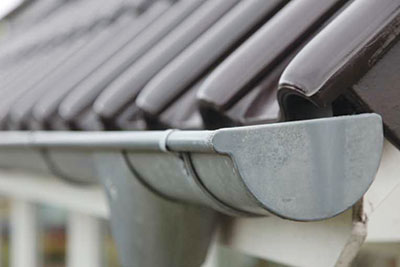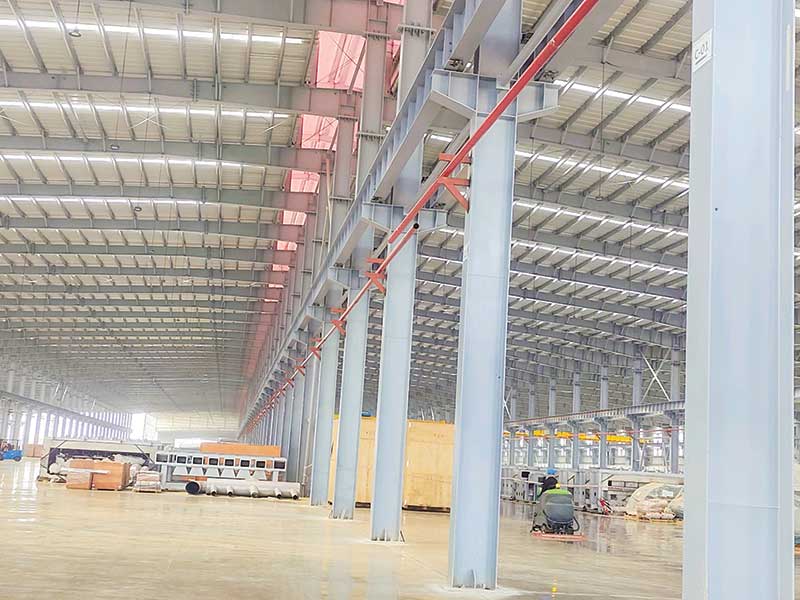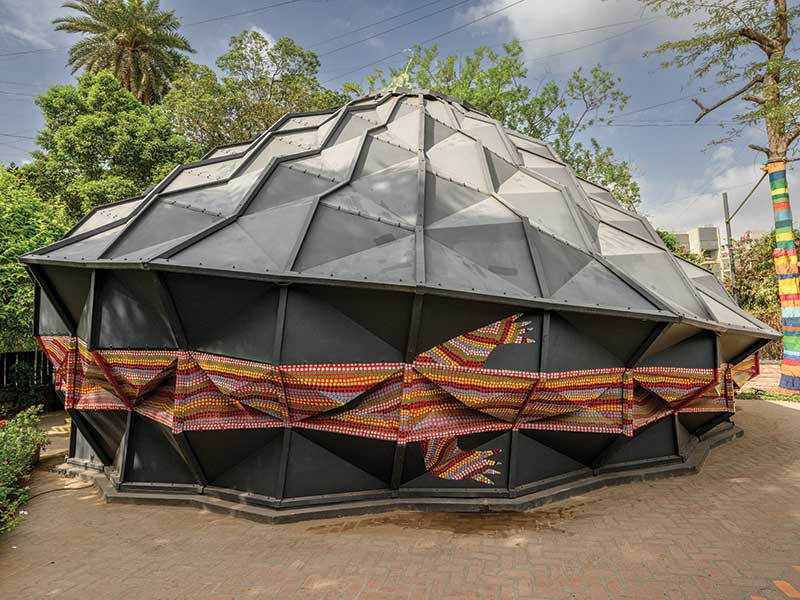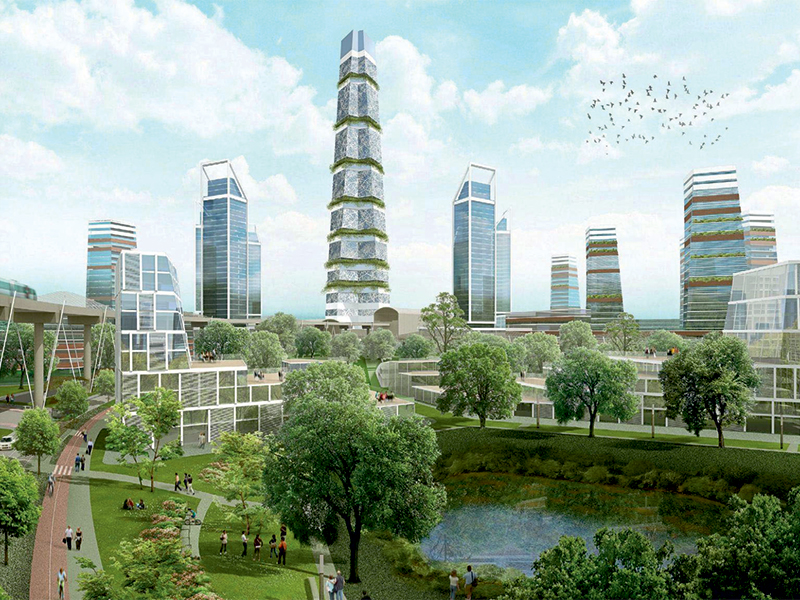
Rainwater harvesting is the real and present option to counter the growing menace of rapid water depletion. It involves accumulating, filtering and storing rainwater to be utilized for industrial and residential purposes. Rainwater harvesting in residential properties involves trapping rainwater from roofs and directing it into underground storage tanks or cisterns.
Rainwater is a clean, free source of potable water, and can satisfy 50% of a regular family’s water needs. Urban water supply calls for pumping stations in addition to putting up treatment plants and supply conduits. Engineers and geologists are constantly striving to discover new sources of water. With borewell shafts going deeper in the hunt for more water, supply can be significantly supplemented by rainwater, which can considerably reduce utility bills. Rainwater harvesting is equally appropriate for large manufacturing units that use substantial amounts of water.
A perfect fallback position

Rainwater harvesting is a perfect solution especially in low-lying regions, which are usually prone to floods due to over-taxed drainage systems. Rainwater harvesting systems allow groundwater levels to recharge, which in turn aids in enhancing urban greenery; in fact, this is actually the sole dependable means of having green places without leeching away from the direly needed water supplies within urban areas.
Simple to set up and use
There is no requirement for complicated purifying systems, which need to be applied to cleanse groundwater, since rainwater is pure. Rainwater collection systems use modern yet extremely simple technology, and their care is occasional cleaning of pipes and the storage tanks to ensure the rainwater gathered is not contaminated.
Installation of gutters is step one, together with a filtration system to make certain that debris such as leaves will not find their way into the storage tanks. Safety precautions include locking bars or lids to stop breeding of mosquitoes or other forms of pollution of the stored water. Catchment areas in a city may comprise paved regions such as roads and car parks, where water may be picked for several non-drinking purposes.
Need for more government support
Many housing projects don’t have the required rainwater pits, or lack of space and the overall design of the project may not make rainwater harvesting pits feasible. New projects must, therefore, be engineered from the world ‘go’ to incorporate rainwater harvesting systems.
Paved areas and roads in our cities are preventing proper percolation of rainwater into the ground, and causing water bottlenecks on the outskirts. Establishing regularly spaced rainwater harvesting pits in urban localities must be implemented, and the city authorities must also educate citizens about the benefits of rainwater harvesting.









